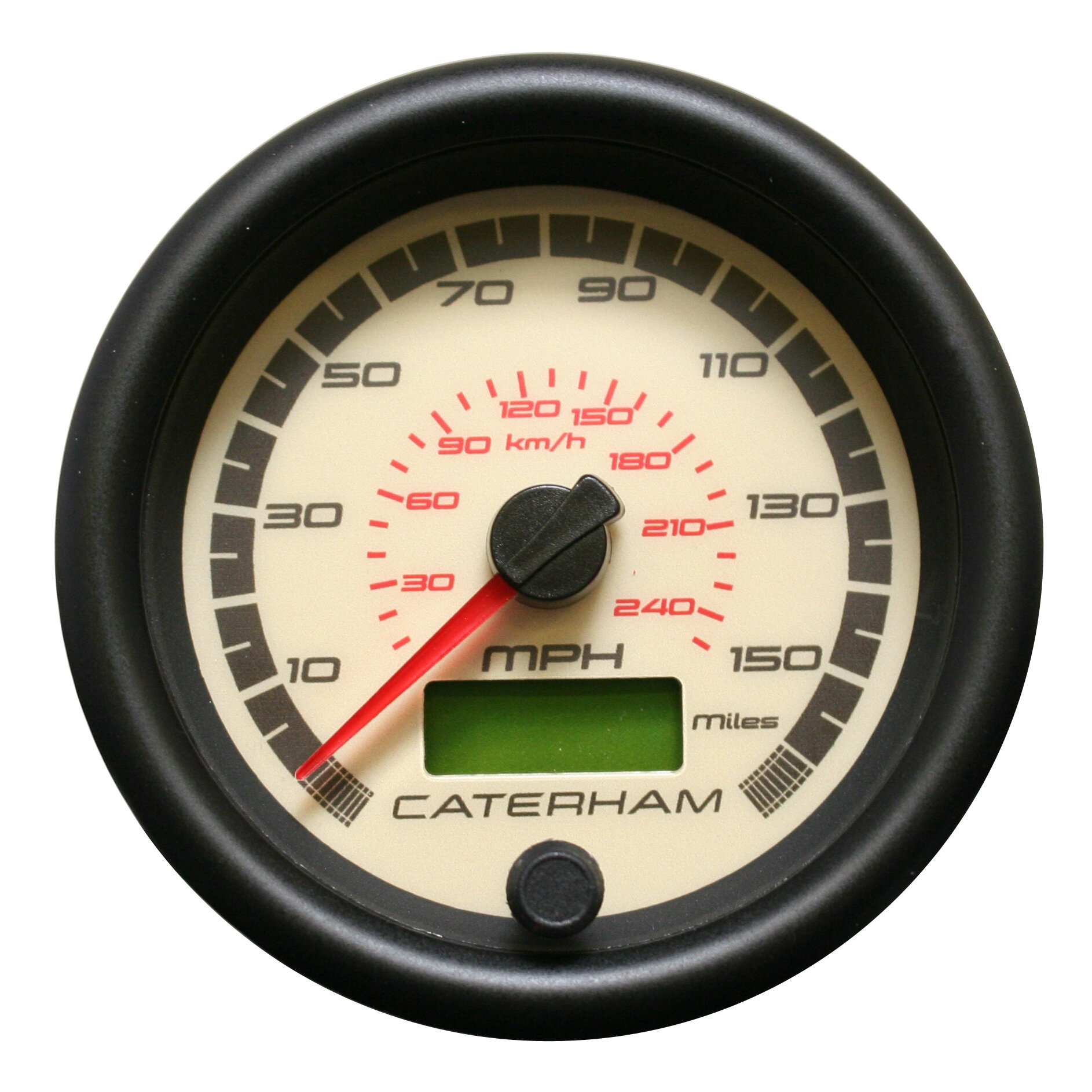Opening the Tricks of Tachometers: Every Little Thing You Need to Find Out About This Vital Instrument in Your Vehicle
Comprehending the intricacies of tachometers can supply important understandings into your vehicle's performance and upkeep requirements. From gauging engine speed to understanding the data it offers, tachometers function as a critical tool for automobile proprietors and lovers alike. By unwinding the mysteries behind this necessary tool, you can unlock a wide range of details that can enhance your driving experience and ensure the longevity of your lorry.
Significance of Tachometers
The relevance of tachometers hinges on their capacity to provide crucial real-time data concerning an engine's rotational rate, permitting accurate tracking and maintenance of machinery. By determining the transformations per min (RPM) of an engine's crankshaft, tachometers offer valuable understandings into the engine's efficiency - tachometer. This data is important for ensuring that the engine operates within its optimal array, avoiding possible damages from over-revving or underperforming
Tachometers play an important function in assisting drivers and specialists find any anomalies in the engine's rate, which could suggest issues such as fuel inefficiency, mechanical troubles, or too much stress on the engine. By without delay recognizing these concerns through tachometer readings, upkeep can be carried out proactively, protecting against pricey repair services and downtime in the future.
In addition, tachometers are particularly critical in high-performance lorries and equipment, where specific control over engine rate is needed for optimum procedure. Racing cars and trucks, airplane, and industrial devices count on tachometers to provide peak performance while maintaining safety requirements. Essentially, tachometers are not just tools for determining rate however vital tools for ensuring the smooth and efficient operation of engines across numerous applications.
Just How Tachometers Procedure Engine Rate
Using sensing units that find the regularity of electrical pulses generated by the engine's ignition system, tachometers precisely determine the rotational rate of an engine. By keeping track of the price at which these pulses are obtained, tachometers give real-time feedback on just how quickly the engine's crankshaft is turning per min, typically referred to as transformations per minute (RPM)
The tachometer's sensing unit, typically connected to the engine's ignition coil or ignition system wires, picks up the electrical signals produced each time a cyndrical tube fires. These signals are after that exchanged RPM readings showed on the gauge or instrument cluster within the vehicle driver's view. Tachometers can be analog or electronic, with contemporary vehicles generally featuring directory digital display screens for exact and instantaneous RPM analyses.
This info is essential for vehicle drivers to comprehend the engine's efficiency, avoid over-revving, optimize equipment moving, and guarantee effective fuel consumption. By properly determining engine rate, tachometers play an essential duty in helping motorists operate their cars securely and effectively.
Translating Tachometer Analyses
Having a clear understanding of just how tachometers measure engine rate establishes the foundation for effectively interpreting the RPM readings showed. Interpreting tachometer readings is important for ideal car performance and engine wellness. RPM (Revolutions Per Min) analyses on the tachometer indicate the speed at which the engine's crankshaft is revolving. When the engine is idling, the tachometer needle normally rests around 600-1000 RPM, relying on the vehicle. As you accelerate, the RPM will raise, reflecting the engine's higher rotational speed. When moving gears in a hands-on transmission automobile, the RPM will drop as you engage the clutch and adjustment equipments, after that rise once more as you accelerate in the new equipment. Checking the tachometer can aid you figure out the most effective changing indicate maximize fuel economy and engine power. In addition, irregular changes or consistently high RPM analyses might show potential problems with the engine that might call for expert focus. By taking notice of the tachometer analyses and comprehending just how to translate them, you can guarantee your car operates efficiently and effectively.


Tips for Utilizing Tachometers Properly
To enhance driving performance and optimize engine performance, what secret approaches can be carried investigate this site out for properly making use of tachometers? Tachometers are crucial tools that provide real-time comments on engine speed, enabling drivers to make educated decisions for far better efficiency - tachometer. Here are some ideas for utilizing tachometers effectively:
Recognizing Ideal RPM Range: Familiarize yourself with the optimal RPM (Revolutions Per Min) array for your automobile. Keeping the engine within this variety can improve fuel performance and lengthen the engine's lifespan.
Shifting Equipments at the Right Time: Utilize the tachometer to establish the very best time to change gears. Upshifting prematurely or far too late can lead to reduced effectiveness and efficiency. Goal to change equipments when the RPM reaches the optimal range for the next equipment.
Keeping Track Of Engine Tension: High RPMs for extended periods can strain the engine. Maintain an eye on the tachometer to stop over-revving, specifically throughout acceleration or when carrying hefty lots.
Tachometers and Automobile Maintenance
When taking into consideration vehicle upkeep, tachometers play a critical duty in keeping track of engine performance and spotting possible issues. Tachometers supply necessary data on engine rate, enabling chauffeurs and mechanics to make certain YOURURL.com that the engine is operating within the advised RPM range.
In addition to spotting prospective issues, tachometers can also assist in maximizing fuel effectiveness. By maintaining the engine rate within the optimum variety, chauffeurs can boost their gas mileage and decrease gas consumption. This not just profits the chauffeur's wallet but additionally adds to ecological preservation by reducing harmful discharges.
Conclusion

 Shaun Weiss Then & Now!
Shaun Weiss Then & Now! Taran Noah Smith Then & Now!
Taran Noah Smith Then & Now! Kirk Cameron Then & Now!
Kirk Cameron Then & Now! Andrew Keegan Then & Now!
Andrew Keegan Then & Now! Barbara Eden Then & Now!
Barbara Eden Then & Now!